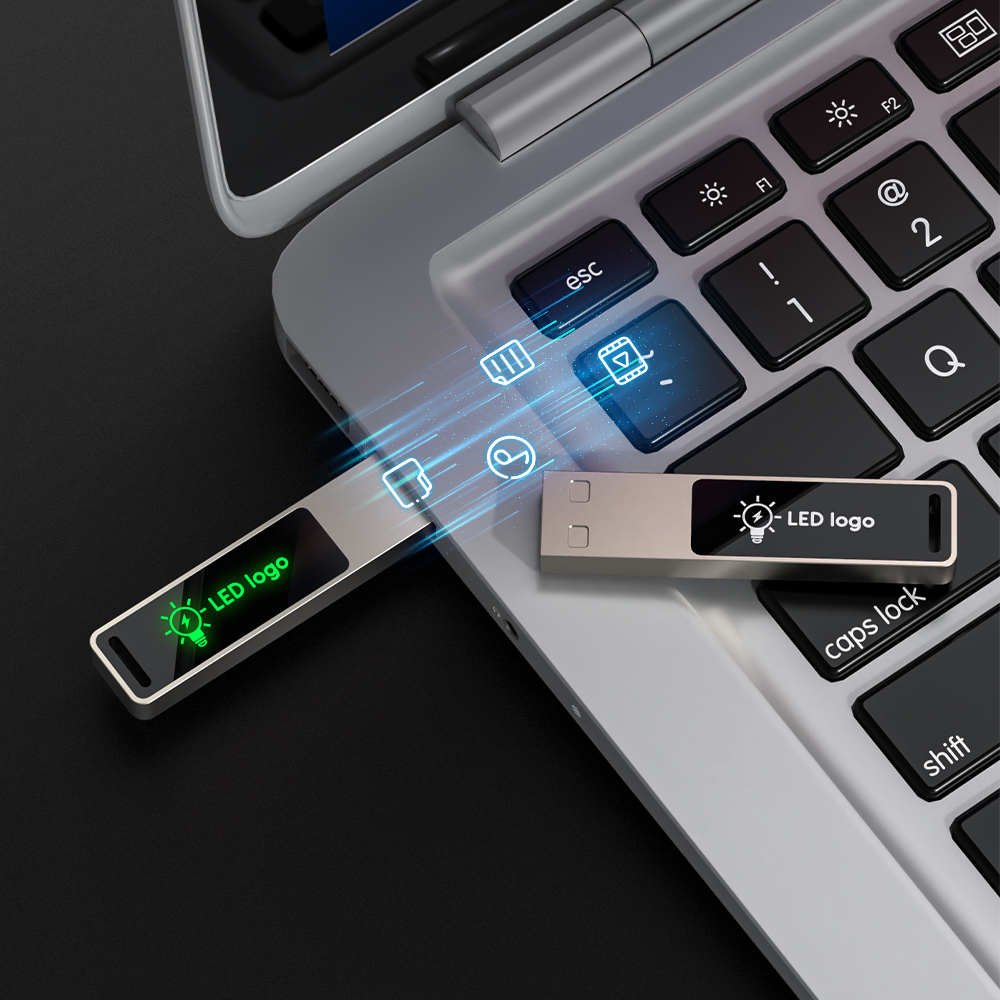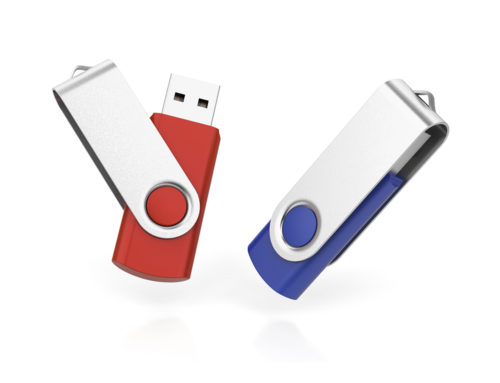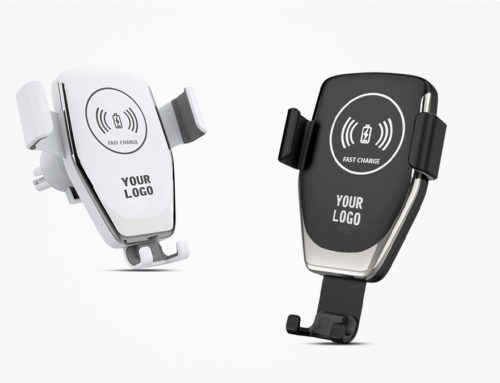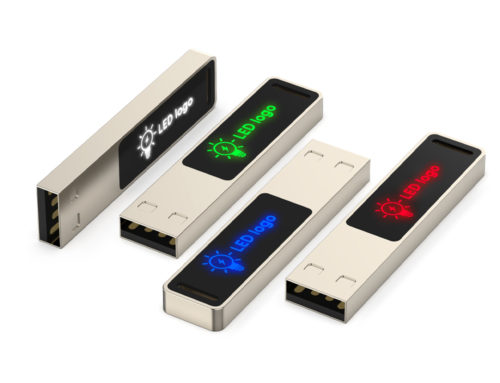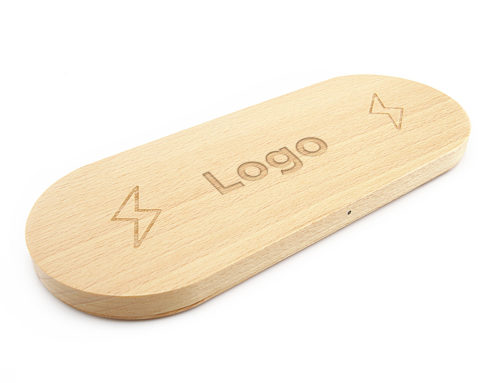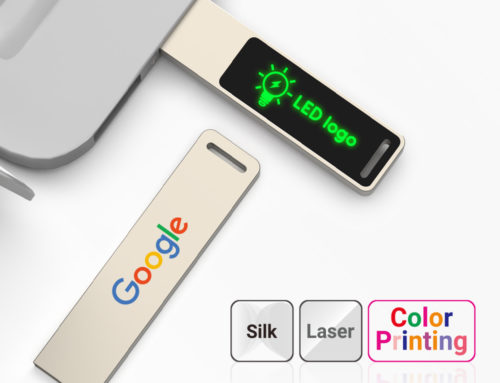There are many kinds of USB flash drives on the market, but most USB flash drives now use the usb2.0 interface, and there are also usb3.0 interfaces, but the price of the usb3.0 USB is relatively high, and there are relatively few users used, so it is possible Many users don’t understand the difference between usb3.0 and usb2.0, the following u start to popularize the difference between usb2.0 and usb3.0, so that if you use a USB flash drive, you will know how to distinguish between usb2.0 and 3.0.
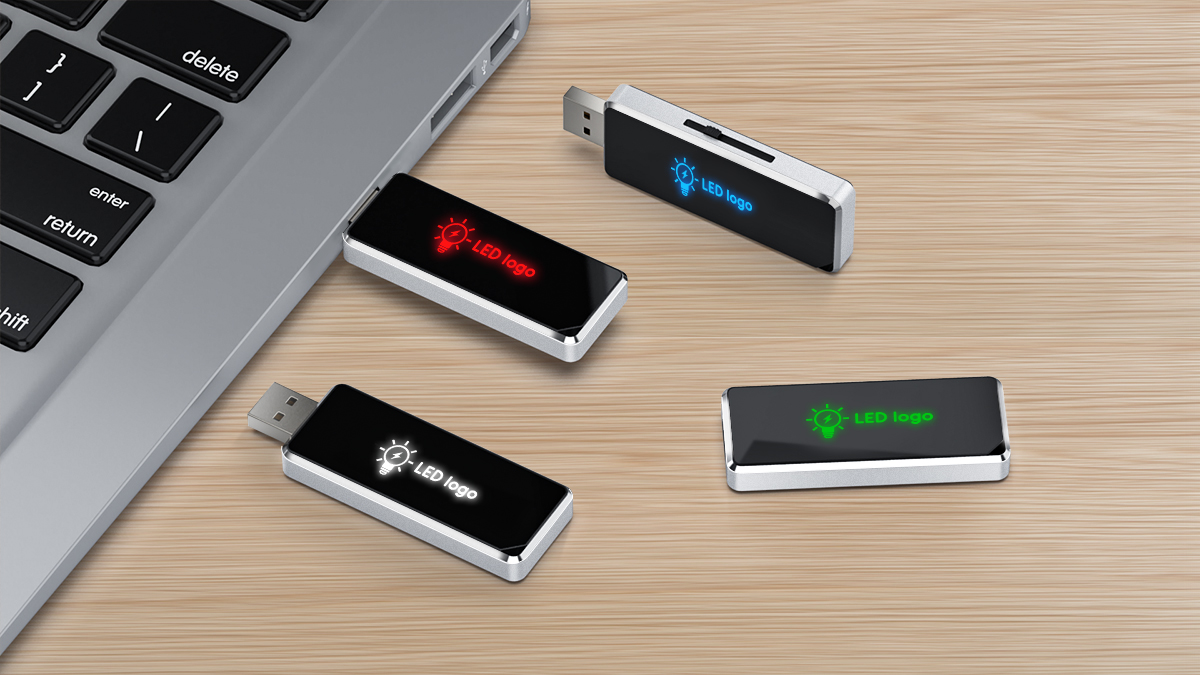
- From the outside, usb2.0 generally has a white or black interface, and usb3.0 is a blue interface; the interface on a computer is also of the same nature, the black represents the 2.0 specification, and the blue represents the 3.0 specification. As shown in the figure:

2. From the point of view of the transmission rate, the theoretical value: the transmission speed of usb3.0 is 4.8Gbps, which is 10 times that of usb2.0, that is, 4.8Gbps=600MB/S. It can also be seen from the figure below that usb3.0 transmits data far ahead of usb2.0.

3. From the perspective of the usb socket pins, usb2.0 adopts a 4-pin design, and usb3.0 adopts a 9-pin design, which is more powerful than usb3.0

4. Regarding the boot compatibility during the USB2.0 and USB3.0 U disk installation process, u start makes the following comparisons:
(1). The USB2.0 USB flash drive plugs into the USB2.0 computer interface-the highest boot compatibility;
(2). The USB2.0 USB flash drive is plugged into the USB3.0 computer interface-startup compatibility is second;
(3). The USB3.0 USB flash drive is inserted into the USB3.0 computer interface-the startup compatibility is lower than the above;
(4). The USB3.0 USB flash drive plugs into the USB2.0 computer interface-the lowest boot compatibility.
USB2.0 has been recognized by PC manufacturers very early. USB3.0 is a USB specification initiated by Intel. The most prominent difference between the two is the price and transmission speed, usb2.0 and usb3.0 The difference is roughly the above content.

